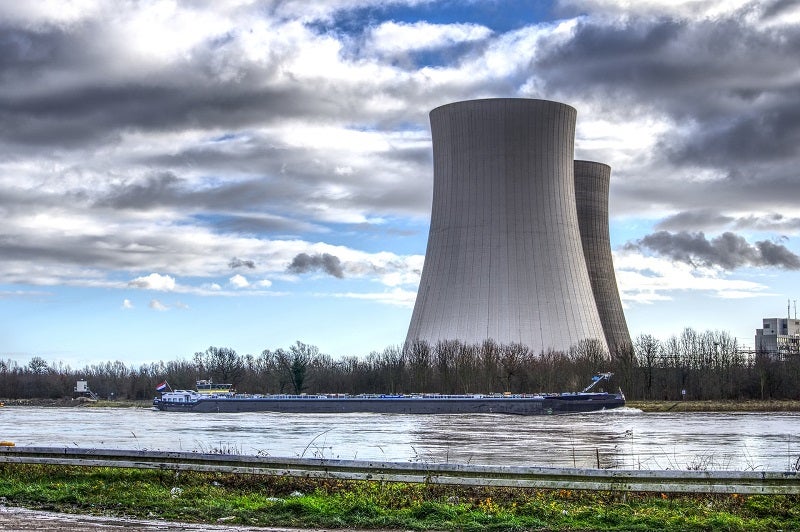Chaoyang CHP Plant is a 700MW coal fired power project. It is located in Liaoning, China. According to GlobalData, who tracks and profiles over 170,000 power plants worldwide, the project is currently active. It has been developed in multiple phases. Post completion of construction, the project got commissioned in November 2017. Buy the profile here.
Description
The project was developed by SEPCOIII Electric Power Construction and is currently owned by GD Power Development.
It is a Steam Turbine with Cogen power plant.
The Coal fired project consists of 2 steam turbines, each with 350MW nameplate capacity.
Development status
The project got commissioned in November 2017.
Contractors involved
SEPCOIII Electric Power Construction was selected to render engineering procurement construction services for the coal fired power project.
See Also:
For more details on Chaoyang CHP Plant, buy the profile here.
About SEPCOIII Electric Power Construction
SEPCOIII Electric Power Construction Co Ltd (SEPCOIII), a subsidiary of Power Construction Corporation of China Ltd, is a construction company that offers power plant construction services. The company's services include designing, consulting, construction, procurement, engineering, operation, operating services, commissioning, and maintenance services. Its operating services comprise engineering, procurement, construction and operations, procurement management contracting, build-own-operate, build-operate-transfer services, and others. SEPCOIII offers its services for thermal, nuclear, hydro, gas, transformer substation, biomass, wind, solar energy, photovoltaic, seawater desalination, and other power plants. The company has its operations in Nigeria, Saudi Arabia, India, Jordan, Oman, Iraq, Bosnia and Herzegovina, Egypt, and Morocco. SEPCOIII is headquartered in QingDao, Shandong, China.
Premium Insights
From

The gold standard of business intelligence.
Blending expert knowledge with cutting-edge technology, GlobalData’s unrivalled proprietary data will enable you to decode what’s happening in your market. You can make better informed decisions and gain a future-proof advantage over your competitors.




